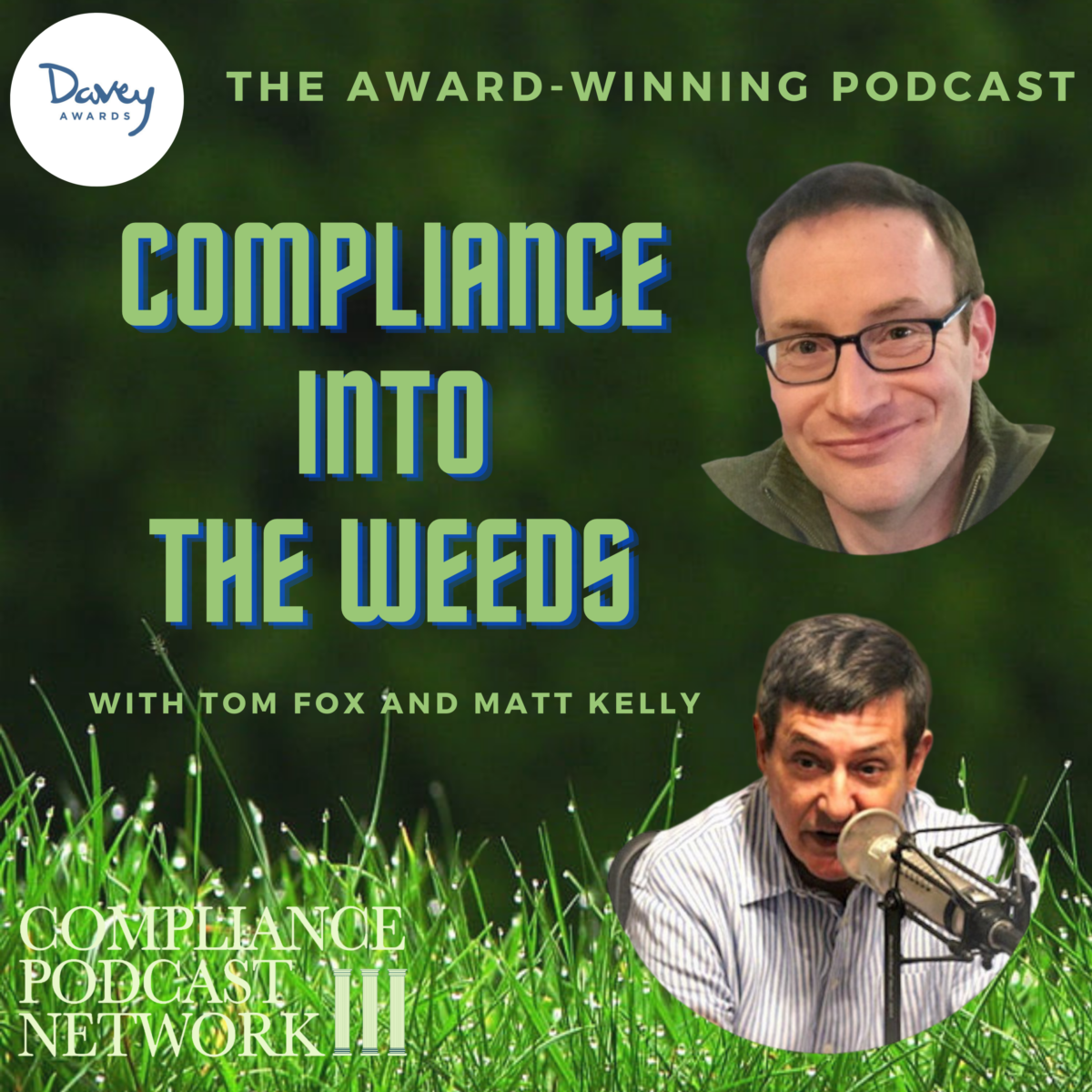Today, we conclude a multipart blog post series exploring one of the biggest corporate scandals of the 1990s, the Bre-X mining scandal. Our most recent blog post explored the foundational lessons from the Bre-X scandal for today’s compliance professionals, focusing on due diligence, transparency, corporate governance, and more. In today’s concluding blog post, we focus on additional critical areas where compliance officers can play a pivotal role in ensuring organizational integrity. From fostering a strong whistleblowing culture to leveraging modern technologies for continuous monitoring, these strategies will help prevent financial fraud, uphold ethical standards, and do business in compliance into 2024 and beyond.
The Role of Whistleblowing and Ethics Programs
A lack of transparency and accountability within Bre-X contributed to the persistence of fraud for years. If a robust whistleblowing mechanism had been in place, the red flags might have been raised earlier, potentially preventing the massive fallout.
- Encouraging Whistleblowing. One of the most critical aspects of modern compliance is creating a culture where employees feel empowered to speak up without fear of retaliation. Compliance officers should focus on building and maintaining secure, confidential channels where employees can report unethical or suspicious activities. A strong whistleblowing framework protects the organization from reputational damage and demonstrates to employees that integrity is a top priority.
- Ethics Training. In addition to promoting whistleblowing, regular ethics training can help build a culture of transparency and accountability. Employees must be educated on the importance of ethical decision-making and how their actions contribute to the company’s long-term success. Compliance teams can reinforce the core values of honesty and integrity across the organization through frequent workshops, case studies (including Bre-X), and clear guidance on ethical behavior.
Risk Management and Scenario Planning
The Bre-X scandal is a stark reminder of the importance of comprehensive risk management. The ability to foresee potential risks and prepare accordingly can be the difference between averting a disaster or getting caught in one.
- Assessing and Mitigating Risk. Risk management is central to the work of a compliance officer. Rigid risk assessments are non-negotiable in industries like mining—where speculation, large financial stakes, and geographical challenges intersect. Compliance professionals must develop strategies that identify, assess, and mitigate potential risks early, whether they stem from operational, financial, or reputational sources. For instance, resource overestimation, as seen in Bre-X, could have been mitigated with proper checks on geological data and third-party verification.
- Scenario Planning. Preparing for various fraud scenarios, including “what if” situations similar to Bre-X, is a valuable exercise. Scenario planning enables organizations to consider how they would respond in the event of fraud or a major compliance breach. Companies should develop detailed crisis management plans, identify key decision-makers, and outline steps for navigating potential crises. In the event of another large-scale scandal, having these contingency plans in place will reduce the organization’s response time and limit damage.
Continuous Controls Monitoring and Auditing
The importance of continuous monitoring cannot be overstated, particularly in industries prone to high levels of fraud, such as mining, finance, or healthcare. Compliance professionals must champion ongoing oversight to ensure early detection of potential issues.
- Ongoing Oversight. Continuous auditing of processes and transactions is an effective way to catch problems before they escalate. In the Bre-X case, regular audits of geological sample reporting and financial disclosures could have flagged discrepancies early on. Compliance teams today should implement robust monitoring programs that examine critical areas like financial performance, regulatory adherence, and ethical behavior. Routine audits of key operational processes, especially in high-risk industries, can prevent fraudulent behavior from going undetected.
- Use of Technology. The rise of data analytics and artificial intelligence (AI) has transformed the compliance landscape. In 2024, compliance professionals must embrace technology that enhances real-time monitoring capabilities. By leveraging AI and big data, companies can detect anomalies or suspicious activities before they evolve into significant problems. For example, automated systems can track financial reporting patterns or identify irregular resource estimates, helping compliance teams intervene before major fraud occurs.
Global Considerations and Jurisdictional Awareness
In today’s globalized business environment, companies often operate in multiple countries, each with its regulatory requirements. Compliance professionals must stay abreast of international standards and ensure the organization complies with all regions.
- Navigating International Regulations. The Bre-X scandal highlighted the complexities of operating in different jurisdictions. While Bre-X was a Canadian company, much of its fraudulent activities occurred in Indonesia, and the regulatory landscape vastly differed between the two countries. In 2024, compliance officers must develop an in-depth understanding of the regulatory environments in each jurisdiction where their company operates. This includes legal compliance and cultural and business norms that could impact operations and risk management strategies.
- Cross-Border Cooperation. In an interconnected world, no company is an island. Regulatory bodies across countries are increasingly cooperating on compliance and enforcement efforts, especially in mining, finance, and pharmaceuticals. Building relationships with regulatory agencies in different jurisdictions is vital for compliance professionals. These partnerships can help organizations navigate complex international regulations and stay on top of emerging global compliance trends.
The Bre-X scandal was a watershed moment for the mining industry and for compliance professionals across sectors. The lessons from this case are invaluable in shaping how compliance is approached in 2024. Compliance officers can safeguard their organizations from the devastating consequences of fraud by encouraging a culture of whistleblowing, implementing comprehensive risk management practices, leveraging technology for continuous monitoring, and understanding global regulatory landscapes.
Fraud prevention is a continuous journey that requires vigilance, transparency, and a proactive mindset. Today’s compliance professional’s responsibility is not just to respond to incidents but to anticipate them, fostering a corporate culture prioritizing ethics and accountability at every level. This concludes our series on the Bre-X scandal. By learning from the past, compliance professionals can build a more resilient, transparent future for their organizations.





